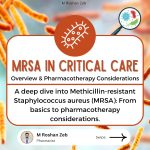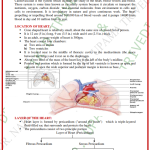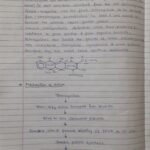CTD
(COMMON TECHNICAL
DOCUMENT)
Deepak Gupta
M.Pharm (pharmaceutics)
Jamia hamdard
1
CONTENTS
o Validation
o Submitting the e-CTD
• CTD o Benefits of e-CTD
o Need for CTD • INDUSTRY AND FDA LIAISON
o Modules of CTD o Introduction
o Structure of dossier in CTD o Inspection and legal sanction
format o FDAs major program centers
o Contact and communication
o Significance of CTD with FDA
• E-CTD o FDA initiatives to speed up drug
o History approval
o Freedom of information act
o Characteristics of e-CTD
o Summary
o Structure of e-CTD o References
o Filing procedure of an e-CTD
o Technical requirements for
submission
2
The Common Technical Document (CTD) is a set of specification
for application dossier for the registration of Medicines and
designed to be used across Europe, Japan and the United States.
The FDA characterized the CTD as “An information package of
clinical ,non-clinical, manufacturing, technical data in the
same format and with the same content, that would be
submitted for registering new drugs in all three ICH
regions i.e.; US, European Union and Japan’’
CTD was agreed in November 2000 in San Diego ,USA.
The CTD is maintained by the International Conference on
Harmonisation of Technical Requirements for Registration of
Pharmaceuticals for Human Use(ICH).
3
For industries, it has eliminated the need to reformat the
information for submission to the different ICH regulatory
authorities.
THE MINISTRY OF
HEALTH, LABOUR
AND WELFARE
(JAPAN)
THE FOOD AND
DRUG
ADMINISTRATION(US
,FDA)
THE EUROPEAN
MEDICINES
AGENCY (EU)
CTD was
developed
by:
4
NEED FOR CTD
Prior to implementation of CTD three major regulatory
authorities EU, USA and Japan has their own set of
guidelines and procedures for the submission of the
regulatory dossiers to get the marketing approval of the
drug.
Keeping in view all the complication due to different sets
of guidelines for each ICH region, the representatives
from these authorities designed a common set of
guidelines, format and contents for the drug registration in
all the three regions under the same umbrella of ICH.
5
MODULES OF CTD
The CTD is organised into five modules.
Module 1 is region specific and Modules 2, 3, 4 and 5 are intended
to be common for all regions.
In July 2003, the CTD became the mandatory format for new drug
applications in the EU and Japan, and the strongly recommended
format of choice for NDAs submitted to the FDA, US.
The Common Technical Document was agreed upon in
November 2000 and re-edited with Numbering and Section
Headers changes, September 2002.
All modules are harmonised except for the module-1 (Region
specific).
6
STRUCTURE OF
DOSSIER IN CTD-
FORMAT
7
Module 1 is for administrative
information and prescribing
information, and should contain
documents that are specific to each
region.
Module 2 contains the CTD
summaries and should begin with a
general introduction to the drug,
including its pharmacological class,
mode of action and proposed
clinical use. Module 2 should also
provide the overall summary of the
‘quality’, the non-clinical overview
and the clinical overview.
Module 3 contains information on
quality topics
Module 4 contains the nonclinical
study reports
Module 5 contains the clinical study
reports.
8
MODULE:1(Region specific not part of CTD)
Module1 is for administrative information and prescribing
information, and should contain documents that are specific to
each region; for example, application forms or the proposed
label for use in the region.
FOR US FOR EU
• Application form 356h • Application form
• Proposed label
• Summary of product characteristics
• Patent certification / information
• Labelling text and mock-ups
• Debarment certificate (not to be debarred from
• Information about the experts
contracts due to allegations of fraud,
mismanagement, and similar improprieties) • Environmental risk assessment
• Letter of Authorization (LoA)/ DMF letter • Description of the pharmacovigilance
• Labeling text system
• Risk management plan
9
Contents of MODULE-1
1.1 Table of contents.
1.2. Application form.
1.3. Summary of product characteristics, labelling and instructions for medical
use:
1.3.1. Summary of product characteristics.
1.3.2. Labelling.
1.3.3. Instructions for medical use.
1.3.4. Mock-ups and specimens.
1.3.5. Summary of product characteristics already approved in the
manufacturer/applicant-country.
1.4. Information about the independent experts:
1.4.1. Information about the quality expert.
1.4.2. Information about the pre-clinical expert.
1.4.3. Information about clinical expert.
1.5 Specific requirements for different types of applications.
10
MODULE-2 (CTD SUMMARY)
Module-2 contains summaries from QUALITY, EFFICACY & SAFETY
section of CTD.
Module 2 should also provide the overall summary of the ‘quality’ information
provided, the non-clinical overview and the clinical overview, as well as the
non-clinical written summaries and the tabulated summaries, and the clinical
summary.
The organisation of summaries in module 2 is described in Guidelines for
M4Q, M4S, M4E:
M4Q The CTD Quality
M4S The CTD Safety
M4 E The CTD Efficacy
11
GUIDELINES :
M4Q: QUALITY
Module-2 Quality overall summary
Module-3 Quality
The Quality section of the Common Technical Document
(M4Q) provides a harmonised structure and format for
presenting CMC (Chemistry, Manufacturing and Controls)
information in a registration dossier.
The table of contents includes sections on Drug Substance
and Drug Product.
Due to the fact that many CMC topics have not yet been the
subject of ICH guidelines (e.g. drug substance synthesis, drug
product manufacture, container closure), the content of M4Q
is not totally harmonised.
12
M4S: SAFETY
Non-clinical summaries and organisation of Module-4.
The non-clinical section of the application.
The CTD Safety (M4S) Guideline delineates the structure and
format of the nonclinical summaries in Module 2 of the
Common Technical Document, and provides the organisation
of Module 4, the Nonclinical Study Reports.
The Nonclinical Written Summaries (100 – 150 pages) are
recommended to provide more extensive summaries and
discussion of the nonclinical information on pharmacology,
pharmacokinetics and toxicology.
13
M4E: EFFICACY
Module-2 Clinical overview and Clinical summary
Module-5 Clinical study reports
CTD-Efficacy (M4E) describes the structure and format of the clinical
data in an application, including summaries and detailed study
reports.
There are two high level clinical summaries in Module 2 of the CTD :
The Clinical Overview, a short document that provides a critical
assessment of the clinical data
The Clinical Summary, a longer document that focuses on data
summarisation and integration.
Clinical Study Reports and raw data (where applicable) are included
in Module 5 of the CTD.
14
Sections of Module-2:
2.1. Table of contents of Modules 2 – 5
2.2. Introduction.
2.3. Quality overall summary
2.4. Pre-clinical overview
2.5. Clinical overview
2.6. Pre-clinical summary
2.6.1. Pharmacology written summary.
2.6.2. Pharmacology tabulated summary.
2.6.3. Pharmacokinetics written summary.
2.6.4. Pharmacokinetics tabulated summary.
2.6.5. Toxicology written summary.
2.6.6. Toxicology tabulated summary.
2.7. Clinical summary:
2.7.1. Summary of biopharmaceutical studies and associated analytical methods.
2.7.2. Summary of clinical pharmacology studies.
2.7.3. Summary of clinical efficacy.
2.7.4. Summary of clinical safety.
2.7.5. Literature references.
2.7.6 Synopses of individual studies.
15
MODULE-3 (QUALITY)
It provides a harmonised structure and format for presenting
CMC (Chemistry, Manufacturing and Controls).
• Sections of Module-3: 3.2 P2 Pharmaceutical Development (name,
dosage form)
3.1 Table of content (Module 3) 3.2 P3 Manufacturer
3.2 Body of Data 3.2 P4 Control of Excipients
3.2 S Drug Substance 3.2 P5 Control of Drug Product (Specification,
3.2 S1 General Information (Name, Mfg.) Analytical procedures, Validation of
3.2 S2 Manufacture Analytical procedures, etc.)
3.2 S3 Characterization 3.2 P6 Reference Standards
3.2 S4 Control of Drug Substance 3.2 P7 Stability
(Specification, Analytical procedures, 3.2 Appendices
Validation of Analytical procedures, etc.) 3.2 A1 Facility & Equipment’s
3.2 S5 Reference Standards 3.2 A2 Advertising agents safety evaluation
3.2 S6 Stability 3.2 A3 Excipients
3.2 P Drug Product 3.2 R Regional Information
3.2 P1 Description and Composition of the 3.3 Literature References
Drug Product
16
MODULE-4 MODULE-5
(NON-CLINICAL REPORTS) (CLINICAL STUDY REPORTS)
4.1 Table of content (Module 4) 5.1 Table of content (Module 5)
4.2 Study Reports 5.2 Tabular listing of Clinical Studies
4.2.1 Pharmacology 5.3 Clinical study reports
4.2.1.1. Pharmacodynamics 5.3.1 Reports of Biopharmaceutical (BA-
4.2.1.2. Safety Pharmacology BE) Study
4.2.1.3. Pharmacodynamics Drug Interaction 5.3.2 Reports of Pharmacokinetic
4.2.2 Pharmacokinetics (biomaterial) study
4.2.2.1. ADME
5.3.3 Reports of Pharmacokinetic (PK)
4.2.2.2. Pharmacokinetic Drug Interaction
studies
4.2.2.3. Other Pharmacokinetic Study
4.2.3 Toxicology 5.3.4 Reports of Pharmacodynamics (PD)
4.2.3.1. Single/Repeat Dose Toxicity studies
4.2.3.2. Genotoxicity 5.3.5 Reports of Efficacy and Safety
4.2.3.3. In-Vivo/Vitro Toxicity studies
4.2.3.4. Carcinogenicity 5.3.6 Reports of Post-Marketing
4.2.3.5. Local Tolerance/Dependence experience
4.2.3.6. Other Studies 5.3.7 Case Report Forms & Individual
4.3 Literature References patient listings
5.4 Literature References
17
SIGNIFICANCE OF CTD
More “reviewable” applications
Complete, well-organized submissions
More predictable format
More consistent reviews
Easier analysis across applications
Easier exchange of information
Facilitates electronic submissions
18










